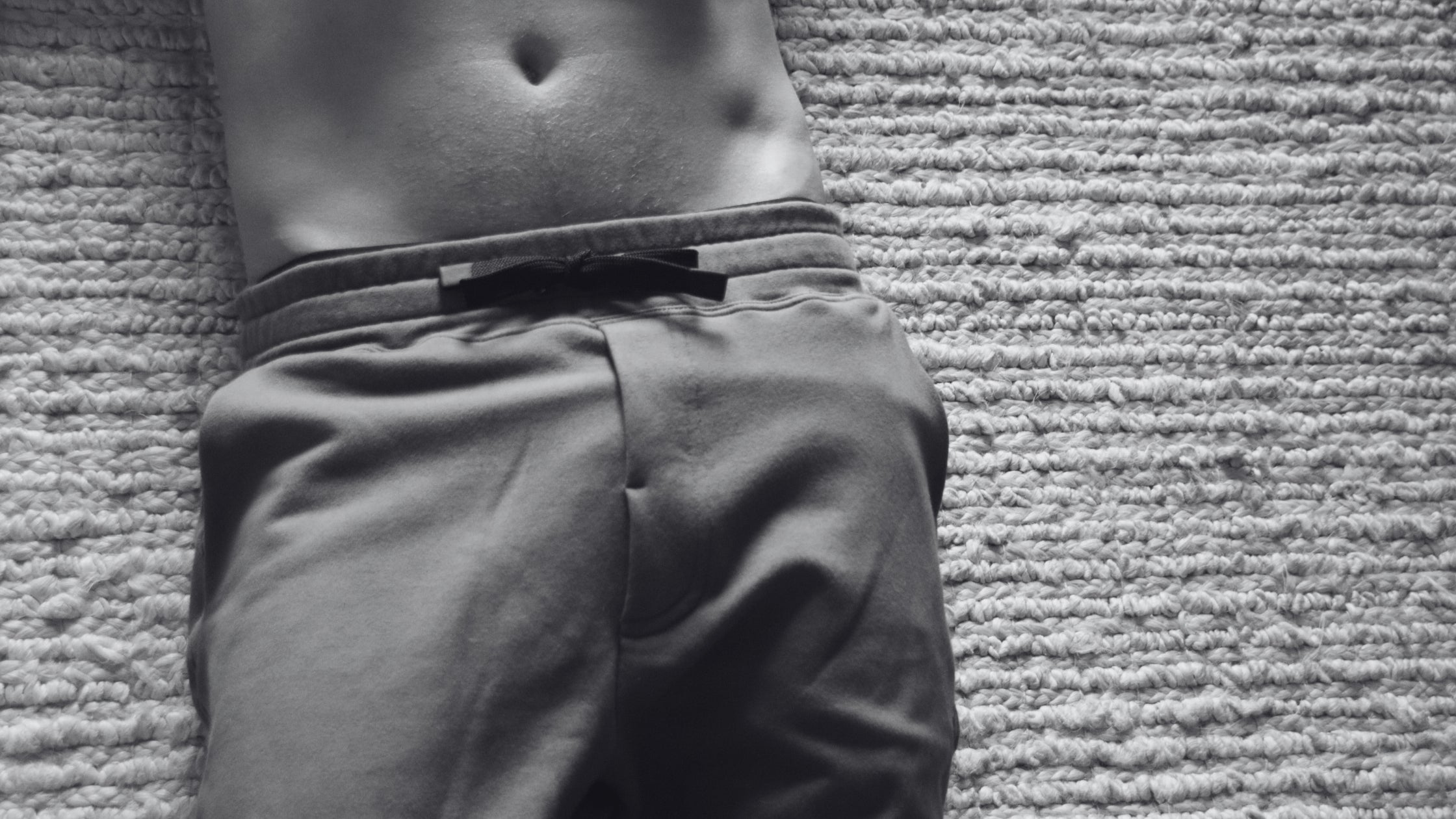Article: The Performance Edge

The Performance Edge
The Science of Rest and Peak Performance
In a world that glorifies the grind, rest often gets overlooked. But the truth is, peak performance isn’t just about how hard you push—it’s about how well you recover. Science shows that optimizing rest and recovery is the key to sustained success, whether in fitness, work, or daily life. Here’s how rest fuels growth and how you can maximize it.
Recovery: The Foundation of Growth
We often associate progress with effort, but the real magic happens in recovery. When you challenge your body—whether through intense training, long work hours, or mental exertion—you create stress that leads to microscopic muscle tears, cognitive fatigue, and nervous system strain. Recovery is the phase where your body rebuilds, reinforcing muscles, replenishing energy, and repairing tissues. Without adequate recovery, progress stalls, increasing the risk of burnout and injury.
Fact: Overtraining without proper recovery can lead to decreased performance, increased inflammation, and a weakened immune system. A study from the Journal of Strength and Conditioning Research found that athletes who properly balance training with recovery see higher long-term performance gains compared to those who overtrain.
Optimize Your Recovery Phase:
✔️ Incorporate rest days into your routine to allow for full-body healing.
✔️ Use mobility exercises to keep muscles flexible and prevent tightness.
✔️ Alternate high-intensity days with lower-impact sessions like walking or yoga.
How Sleep Powers Performance
Sleep is often considered the most underrated performance enhancer, yet it plays a crucial role in muscle recovery, cognitive function, and overall well-being. When you sleep, your body releases growth hormone, repairs muscles, and consolidates motor skills and memory. Without quality sleep, reaction time slows, endurance drops, and mental clarity diminishes.
Science-backed insight: Research from the Journal of Sports Sciences found that athletes who get 8+ hours of sleep show a 17% improvement in reaction time and a 5% boost in sprint performance. Conversely, just a few nights of poor sleep can impair muscle recovery, increase stress hormones like cortisol, and reduce physical and mental resilience.
Maximize Sleep for Performance:
✔️ Stick to a consistent sleep schedule to regulate your body’s internal clock.
✔️ Reduce blue light exposure before bed to support melatonin production.
✔️ Create a cool, dark, and quiet sleep environment to improve sleep quality.
✔️ Try breath work or meditation to relax your nervous system before sleeping.
Evidence-Based Recovery Methods
Beyond sleep, there are several science-backed methods to speed up recovery and keep your body performing at its best.
Active Recovery – Engaging in low-intensity movement like stretching, walking, or yoga improves blood circulation, reduces soreness, and prevents stiffness without putting additional strain on muscles.
Cold Therapy – Ice baths, cryotherapy, or cold showers reduce inflammation and muscle soreness by constricting blood vessels and numbing nerve endings. While intense, cold therapy can significantly accelerate muscle repair.
Compression & Massage – Foam rolling, massage therapy, and compression gear help break down muscle tension, increase circulation, and promote lymphatic drainage, reducing soreness and stiffness.
Nutrition & Hydration – What you consume post-workout can make or break your recovery. Lean protein supports muscle repair, antioxidants fight inflammation, and electrolytes help restore hydration levels lost through sweat.
Did you know? A study in The American Journal of Sports Medicine found that foam rolling for just 20 minutes after a workout can reduce muscle soreness by 50% and enhance overall mobility.
Incorporate these recovery tools into your routine to sustain long-term performance and prevent injury.
The Role of Recovery Wear
Your clothing choices play a bigger role in recovery than you might think. The right gear can enhance circulation, regulate temperature, and provide support, helping you bounce back faster after a workout or long hours of movement.
Why It Matters:
Compression gear improves blood flow, reduces muscle fatigue, and speeds up recovery. Studies show that wearing compression garments can reduce muscle soreness by 25% post-exercise.
Moisture-wicking fabrics help keep sweat away from your skin, preventing discomfort and irritation during both workouts and recovery.
Ergonomic designs provide support for natural movement, reducing muscle strain and keeping your body aligned.
Upgrade Your Recovery with Daniel Darwin – Our performance-driven essentials like the Lounger are designed to enhance recovery, so you can perform at your peak every day.
Peak performance isn’t about constantly pushing harder—it’s about strategic recovery. By prioritizing quality sleep, active recovery, evidence-backed techniques, and the right gear, you give your body the tools it needs to adapt, grow, and sustain long-term success. Work hard, rest smart, and elevate your potential.
How do you recover? Drop your go-to recovery routine in the comments!
Need a quick version of these tips? We break it down in a swipeable carousel post on Instagram! Check it out and save it for later.


Leave a comment
This site is protected by hCaptcha and the hCaptcha Privacy Policy and Terms of Service apply.